Jonava residential - the changing face
Jonava is quite big district center located about 30 km north-east of Kaunas. It is the town of the size of Utena (about this town I am posting several reports in these weeks). Jonava is industrial town and lack the traditional sightseeing places. Even more the center of Jonava was built using traditional commieblocks in the 1960s and 1970s. I posted two reports about Jonava in the Autum 2008: vyrud.livejournal.com/28959.html
vyrud.livejournal.com/29670.html
But few years ago Jonava became a participant of one state run program which may result in the complete change of the town's look. And that's why I decided to return back to the Jonava:
Few years ago I don't made many photos of the central part of Jonava and now I am pitty since I lack the material to compare the situation before and after :))
On the Lithuanian site www.fotoskrydis.lt there are several aerial views of Jonava captured in Spring 2009:
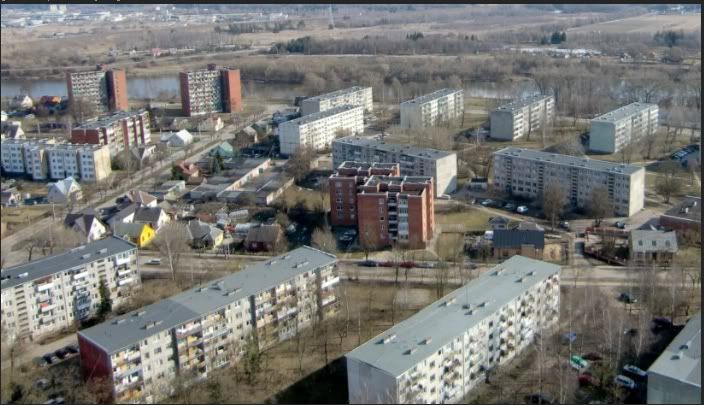
This is right the center of the industrial town. But in 2009 Jonava became a participant of the state run program aiming to help areas with social danger (the decision is interesting: Jonava is heavily industrialized town comparing with other district centers so in normal conditions life here is easier. But with the outbreak of the crisis the rate of unemployement increased sharply since the town heavily depends of it's largest company - Achema group - producer of manure. This producer itself depends heavily on the natural gas prices and the situation in the world markets). One of the points of this program is the extremely favourable conditions to renovate the buildings and to reduce the consumption of energy resources and to pay less communal taxes: state paid 85 percent of the renovation costs while the residents needs to pay only 15 percent. Partly program is financed by the European social foundation. And the result could be seen today - probably there are no more town in Lithuania with such concentration of renovated commieblocks as in Jonava. Ok, let's look.
If you will look to the first photo then the first building from the bridge to the right side today looks like this:
On the same photo further you may see square with a group of sevreal 5 story residential houses. This is heart of commercial center of Jonava. It's right side consist of three 5 story older commieblocks built probably in the late 1960s. These buildings were in particularly bad condition. I found one example of such design somewere in the other place of this town: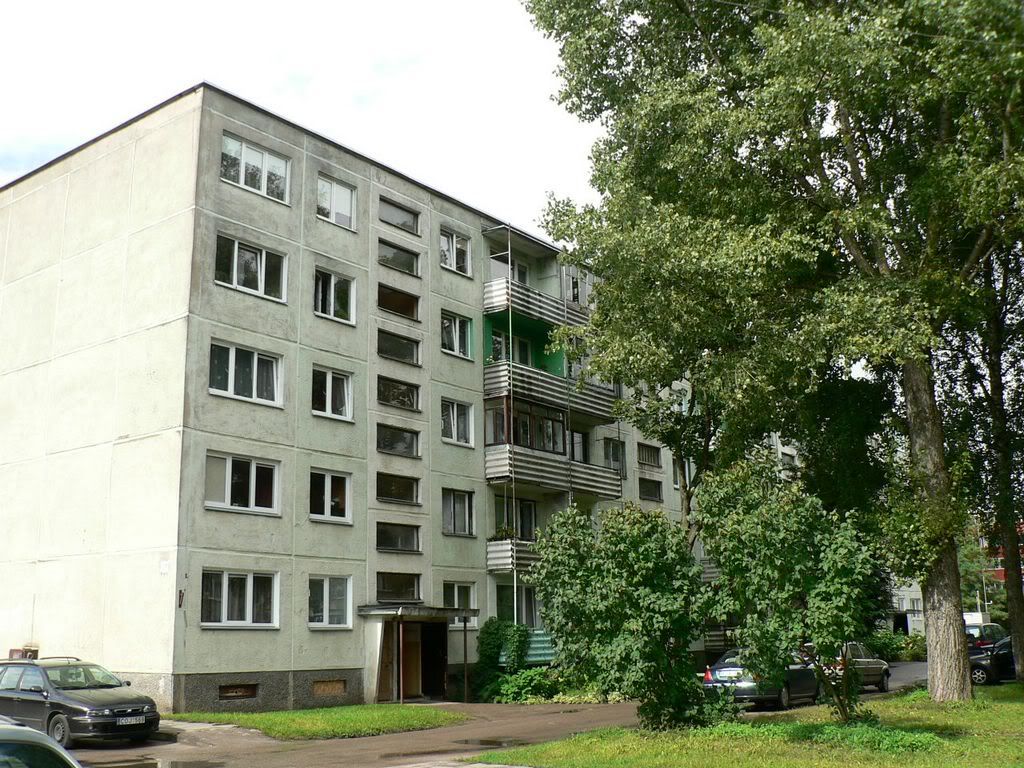
The buildings near the square looks like this:
Coming closer:
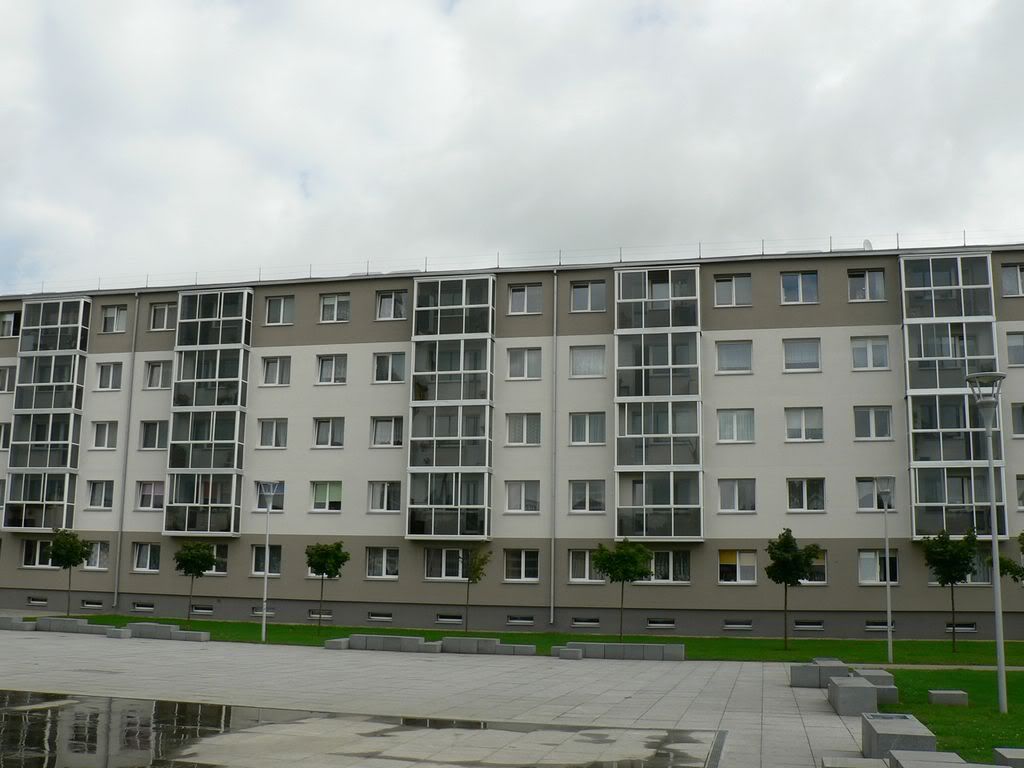
On the other side of the street even older (I mean probably 1950s) buildings are located. Most of them changed their look: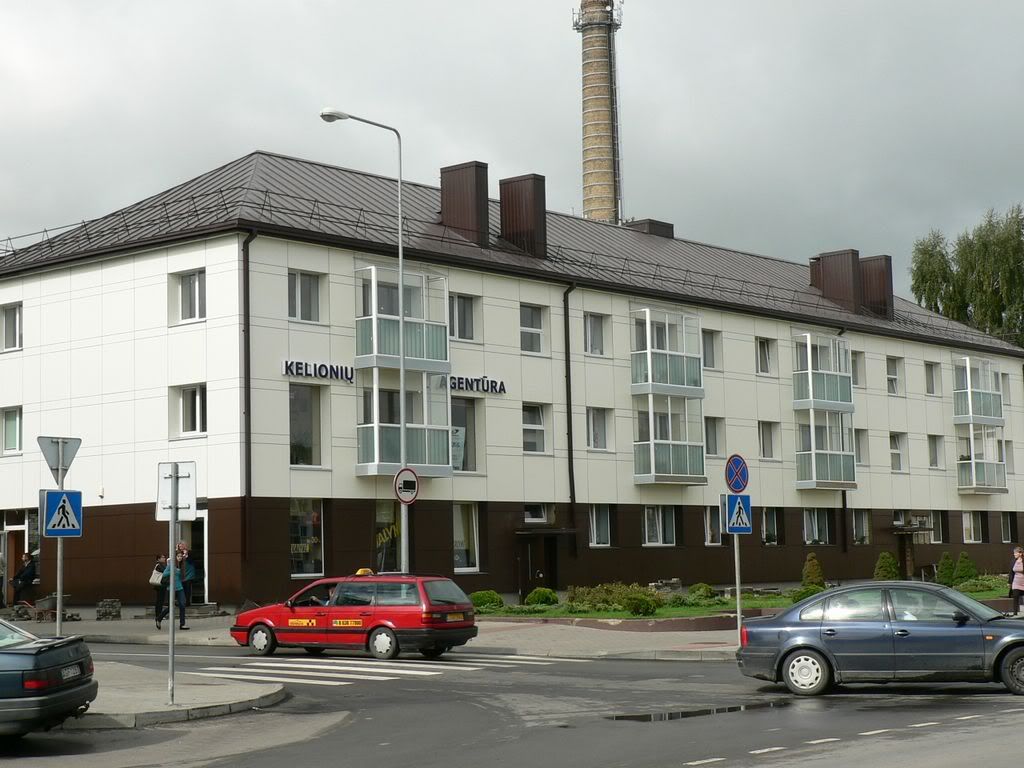
The rest are changing:
The changes are occuring also deeper in the central quarters:

The good part of such renovation is that buildings are renovated in groups and some special stylistic look could be given for the whole quarter: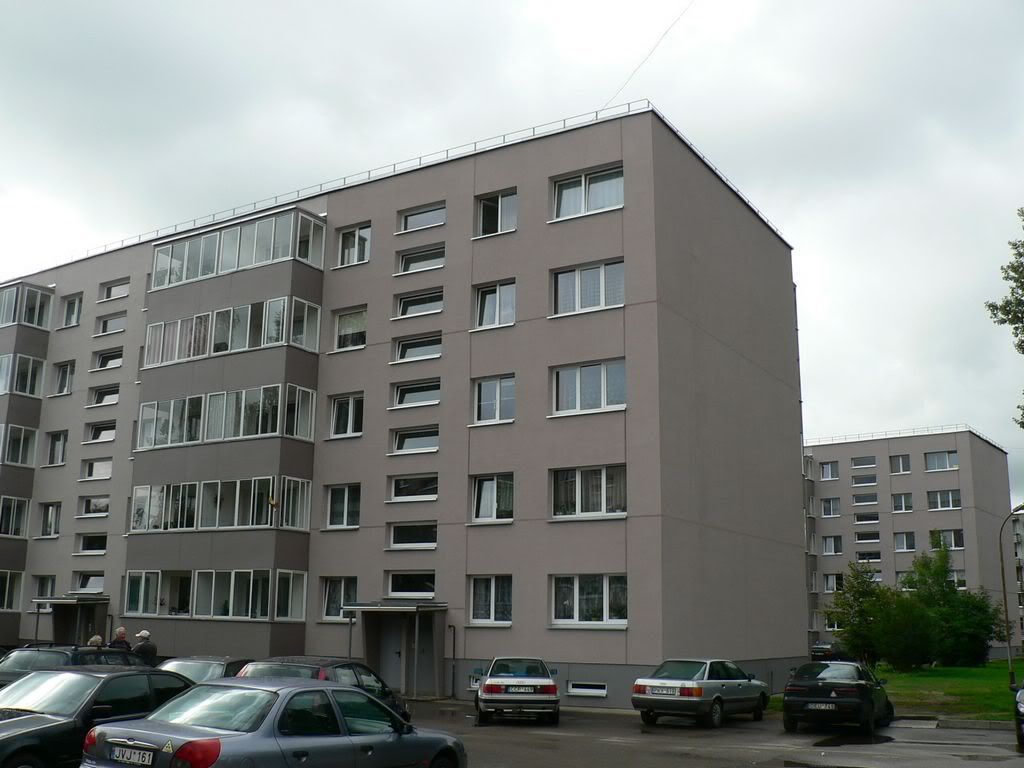
This is good even if the architectural solution isn't good:
Another project:
Contrasts - of course not all houses are renovated:
On the second photo you may see two 9 story buildings. Now they look like this: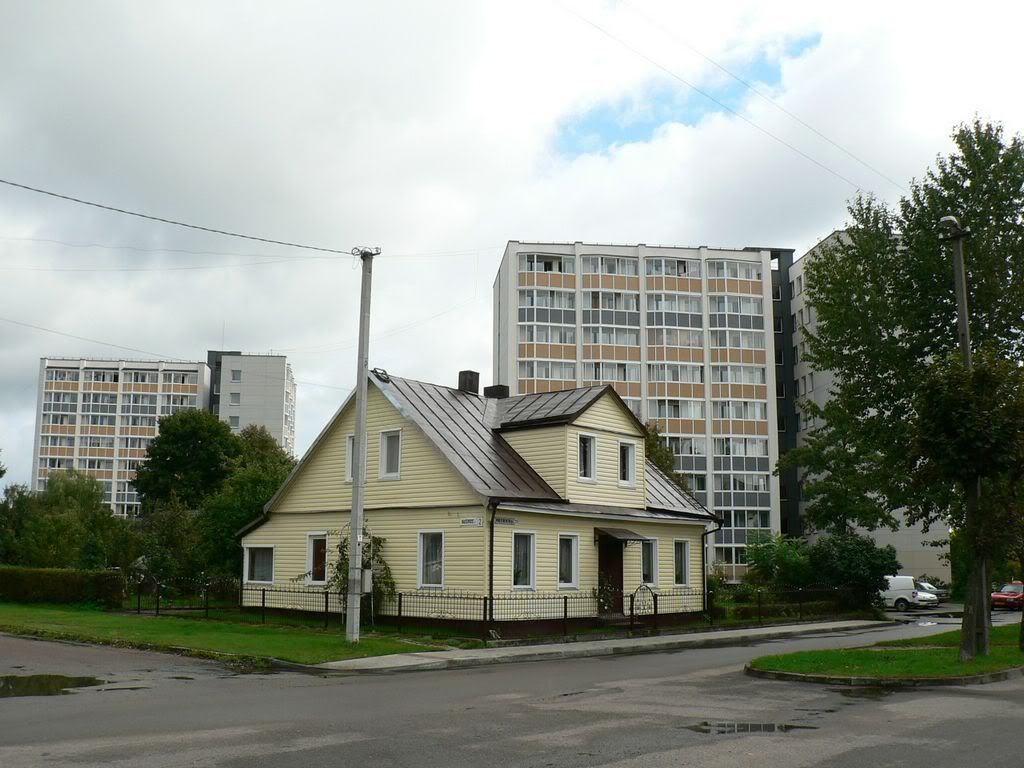
Coming closer:
From one side and another:

This renovated building was clearly in much better condition: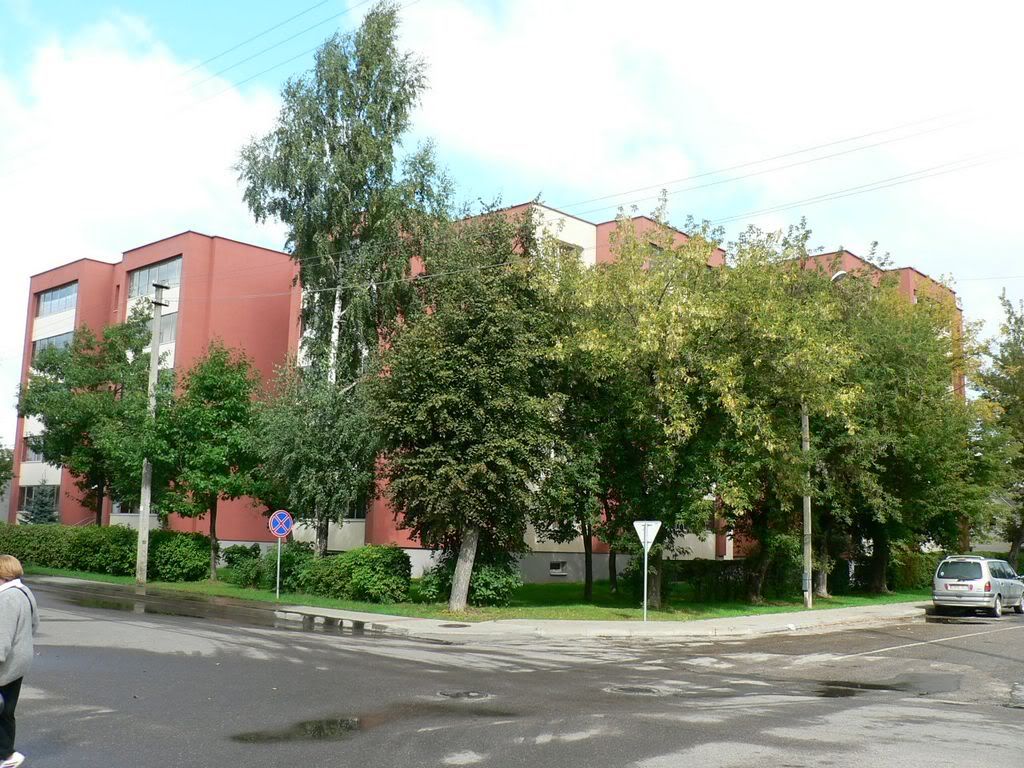
His still nonrenovated twin could be seen here:
Strange renovated house:
Renovation of commercial buildings goes own way and often are very cheap: this is former Jonava central universal shop:
Some off-topic: Jonava municipality with the monument of Jonava area native Abraomas Kulvietis (around 1510 - 1545 in Jonava) - first rector of Koenigsberg university and strong supporter of Protestantism (there were quite probable in his times that Lithuania will becoma Lutheran country). There were no this monument here 3 years ago:
Some interesting detail: A. Kulvietis is built almost exactly at the same place were Lenin once stood. And the author of this monument is sculptor K. Bogdanas. He is also the author of Jonava Lenin :)) (K. Bogdanas is the native of this area and once he was the chairman of artists society of Lithuanian SSR):
Then I visted areas further from the center. Here situation isn't so bright as in the center. E.g. Jonava hospital is completely insulated: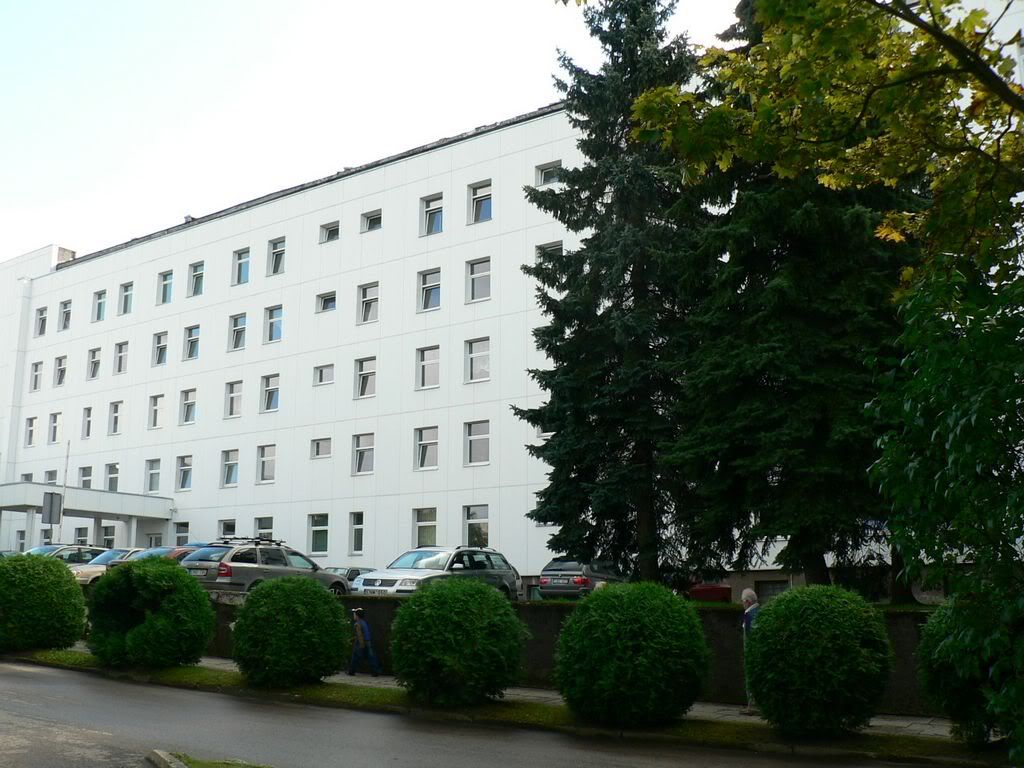

But when you look to the residential buildings the situation is mixed. There are such houses:
But it's neighbor looks like this:
Probably this photo could be very characteristic: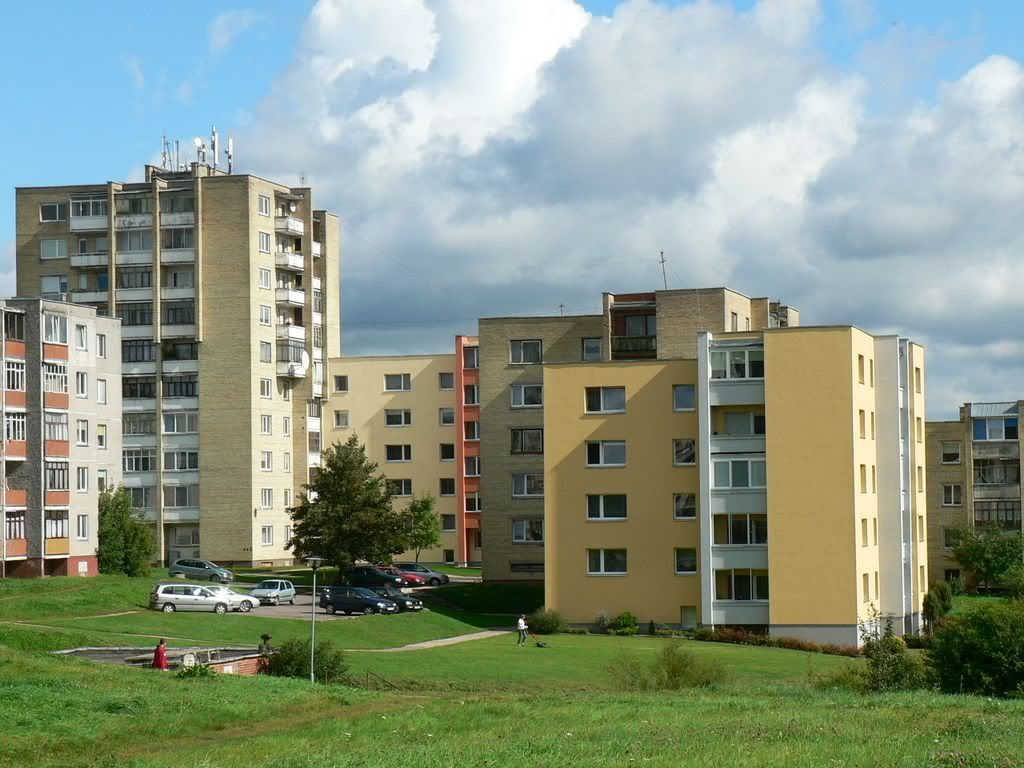
And more often you can see such views than the renovated buildings:
There are no many buildings under renovation in this district but such views are very common )))
So if this program will continue it is highly probable that three years laters this area will look differently: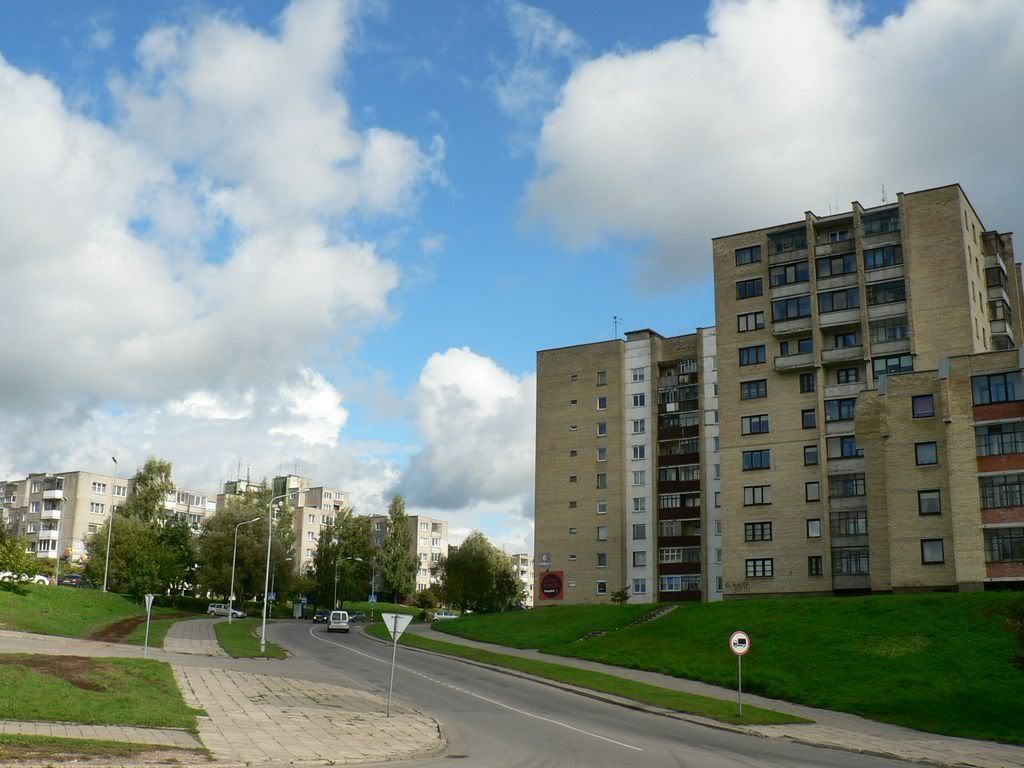
Looking to the situation in Jonava I could believe that the national goal formulated 3-4 years ago ( to import in the year 2020 only 15% of the amount of natural gas imported in the year 2005) may be achieved in the year 2020. Or several years later :)

Free counters
vyrud.livejournal.com/29670.html
But few years ago Jonava became a participant of one state run program which may result in the complete change of the town's look. And that's why I decided to return back to the Jonava:

Few years ago I don't made many photos of the central part of Jonava and now I am pitty since I lack the material to compare the situation before and after :))
On the Lithuanian site www.fotoskrydis.lt there are several aerial views of Jonava captured in Spring 2009:


This is right the center of the industrial town. But in 2009 Jonava became a participant of the state run program aiming to help areas with social danger (the decision is interesting: Jonava is heavily industrialized town comparing with other district centers so in normal conditions life here is easier. But with the outbreak of the crisis the rate of unemployement increased sharply since the town heavily depends of it's largest company - Achema group - producer of manure. This producer itself depends heavily on the natural gas prices and the situation in the world markets). One of the points of this program is the extremely favourable conditions to renovate the buildings and to reduce the consumption of energy resources and to pay less communal taxes: state paid 85 percent of the renovation costs while the residents needs to pay only 15 percent. Partly program is financed by the European social foundation. And the result could be seen today - probably there are no more town in Lithuania with such concentration of renovated commieblocks as in Jonava. Ok, let's look.
If you will look to the first photo then the first building from the bridge to the right side today looks like this:

On the same photo further you may see square with a group of sevreal 5 story residential houses. This is heart of commercial center of Jonava. It's right side consist of three 5 story older commieblocks built probably in the late 1960s. These buildings were in particularly bad condition. I found one example of such design somewere in the other place of this town:

The buildings near the square looks like this:

Coming closer:


On the other side of the street even older (I mean probably 1950s) buildings are located. Most of them changed their look:

The rest are changing:

The changes are occuring also deeper in the central quarters:

The good part of such renovation is that buildings are renovated in groups and some special stylistic look could be given for the whole quarter:

This is good even if the architectural solution isn't good:

Another project:

Contrasts - of course not all houses are renovated:

On the second photo you may see two 9 story buildings. Now they look like this:

Coming closer:

From one side and another:


This renovated building was clearly in much better condition:

His still nonrenovated twin could be seen here:

Strange renovated house:

Renovation of commercial buildings goes own way and often are very cheap: this is former Jonava central universal shop:

Some off-topic: Jonava municipality with the monument of Jonava area native Abraomas Kulvietis (around 1510 - 1545 in Jonava) - first rector of Koenigsberg university and strong supporter of Protestantism (there were quite probable in his times that Lithuania will becoma Lutheran country). There were no this monument here 3 years ago:

Some interesting detail: A. Kulvietis is built almost exactly at the same place were Lenin once stood. And the author of this monument is sculptor K. Bogdanas. He is also the author of Jonava Lenin :)) (K. Bogdanas is the native of this area and once he was the chairman of artists society of Lithuanian SSR):

Then I visted areas further from the center. Here situation isn't so bright as in the center. E.g. Jonava hospital is completely insulated:


But when you look to the residential buildings the situation is mixed. There are such houses:

But it's neighbor looks like this:

Probably this photo could be very characteristic:

And more often you can see such views than the renovated buildings:

There are no many buildings under renovation in this district but such views are very common )))

So if this program will continue it is highly probable that three years laters this area will look differently:

Looking to the situation in Jonava I could believe that the national goal formulated 3-4 years ago ( to import in the year 2020 only 15% of the amount of natural gas imported in the year 2005) may be achieved in the year 2020. Or several years later :)
Free counters